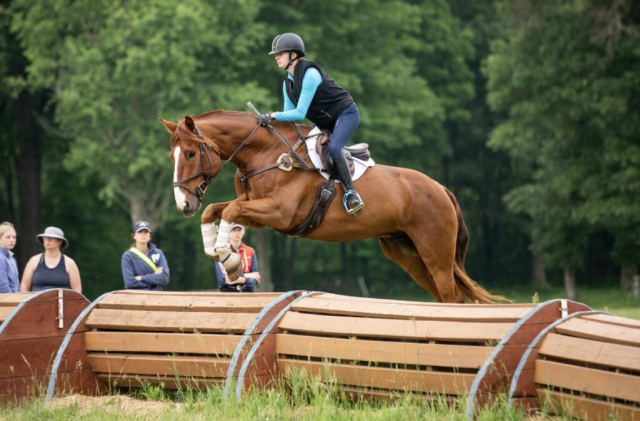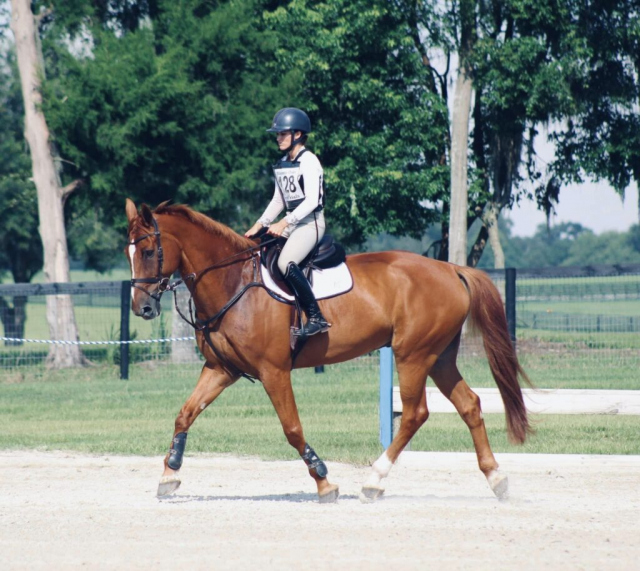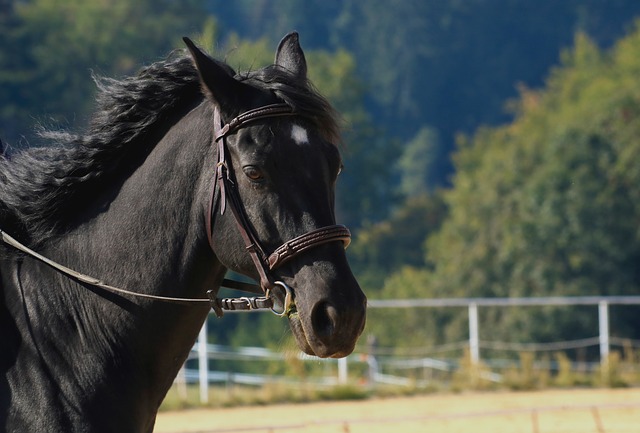“Explore the factors influencing your perception of jump size in equestrian sports. Learn how horse growth, rider confidence, and jump adjustments impact how jumps look, with tips to improve training and track progress
Sport Horse Nation Spotlight: Is My Horse Getting Bigger or Are These Jumps Getting Smaller
Short Answer: The perception that your horse is getting bigger or the jumps are shrinking is common in equestrian sports. This feeling could stem from a variety of factors, including your horse’s development, rider confidence, or actual jump size changes over time. However, it’s crucial to assess both horse and rider performance with objective measures rather than relying solely on perception.
Factors Influencing Jump Perception
Horse Growth and Development
As horses age and develop, their physical stature can indeed increase. However, most of a horse’s growth occurs before they reach five to six years of age. After this period, any changes in height will be minimal.
- Growth Plate Closure: By the age of 6, most horses’ growth plates have closed, and their skeletal growth has stopped. This makes any perception of size changes likely more psychological than physical.
- Conditioning and Muscle Growth: A horse may appear bigger due to conditioning. As training intensifies, muscle mass increases, especially in the shoulders, neck, and hindquarters, giving a larger appearance. A well-conditioned horse with improved posture may seem more imposing.
Rider Confidence and Comfort Level
A rider’s experience and confidence level can directly affect how jumps appear. Riders who are less confident may feel like the jumps are larger than they actually are, while more experienced riders may feel that jumps are shrinking over time.
- Fear Factor: New riders or those returning after a break may find that jumps appear daunting. Over time, as skills improve, these same jumps may seem smaller.
- Familiarity with Courses: Riders regularly jumping at a specific height can develop a psychological threshold, making smaller jumps seem less intimidating.
Course Design and Jump Adjustments
Jumps themselves may change in appearance over time, depending on the course design or maintenance practices. Event organizers may lower or adjust fences depending on competition level or course complexity.
- Arena Maintenance: An often overlooked factor is the effect of wear and tear on an arena. As ground levels shift due to consistent use, jumps might appear lower without any actual change in height.
- Technical Adjustments: Certain technical adjustments, such as adding filler or decorations to jumps, can alter perception, making them seem larger or smaller.
Key Tips to Assess Jump Sizes and Horse Development
Measure and Track Jumps
To objectively determine whether jumps are getting smaller, riders can use a tape measure to check the actual height of the obstacles.
- Record Measurements: Regularly measure the height of jumps during training and compare them with the intended height. This helps riders maintain a clear understanding of actual jump sizes.

Monitor Your Horse’s Weight and Muscle Development
Keeping track of your horse’s condition can help mitigate the perception of size increase.
- Weight Tracking: Use a weight tape or schedule regular weigh-ins to monitor your horse’s physical condition. Keeping records will provide an objective view of any changes in size.
- Professional Assessments: Consider consulting an equine nutritionist or veterinarian for guidance on managing muscle development and body condition to ensure a healthy build.
Improve Rider Confidence
Addressing rider confidence can help alleviate concerns about jump size. Consider the following tips:
- Progressive Training: Gradually increase jump height to match skill level. This builds confidence without overwhelming the rider.
- Mental Preparation: Use visualization techniques or sports psychology exercises to overcome jump-related fears.
Common Mistakes That Contribute to Misperceptions
Overfacing Horses
One common mistake is overfacing horses—challenging them with jumps that are too large for their current training level.
- Appropriate Progression: Ensure that jumps increase in difficulty at a pace that is comfortable for both horse and rider. Sudden increases can make jumps seem impossibly large, leading to anxiety for both.
Inconsistent Jump Heights
Inconsistent jump height in training can confuse both horse and rider. It’s essential to maintain uniformity in practice sessions.
- Stable Course Design: Use consistent measurements and markings to create a uniform course layout. This avoids any unexpected challenges during competition.
Improper Tack and Equipment
Sometimes, the perception of jump height can be influenced by improper or uncomfortable tack.
- Proper Saddle Fit: A saddle that doesn’t fit well may throw off a rider’s balance, making jumps seem more intimidating. Always check tack for proper fit and balance.

Benefits of Objective Training Metrics
Implementing objective metrics into your training routine can help mitigate perception issues. These methods provide factual data that enable riders to assess both horse and jump development accurately.
Video Analysis
Recording jumping sessions and reviewing them can help riders understand their performance and gain perspective on jump sizes. Often, seeing jumps from a different viewpoint provides a clearer understanding of their actual size.
- Video Metrics: Use a camera with distance and angle markers to track jump height and horse trajectory.
Data-Driven Training Programs
Utilizing apps or wearable tech designed for equestrian sports can also provide valuable insights.
- Stride Tracking: Some devices track stride length and jump clearance, helping riders assess whether changes in horse performance may be affecting their perception of jump sizes.
External Resources for Further Information:
- Equine Nutrition for Muscle Development: Provides comprehensive guides on equine conditioning and muscle growth.
- Sports Psychology in Equestrian Training: Discusses techniques to improve rider confidence and address anxiety related to jump heights.
- Course Design Guidelines: Outlines standards for jump height and design to ensure safe and consistent training environments.
By staying grounded in measurable data and objective evaluations, riders can continue to grow in confidence and skill, making those jumps feel smaller—or at least more manageable—over time




